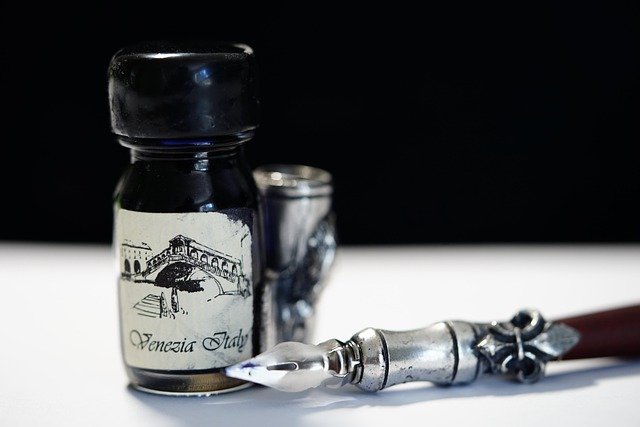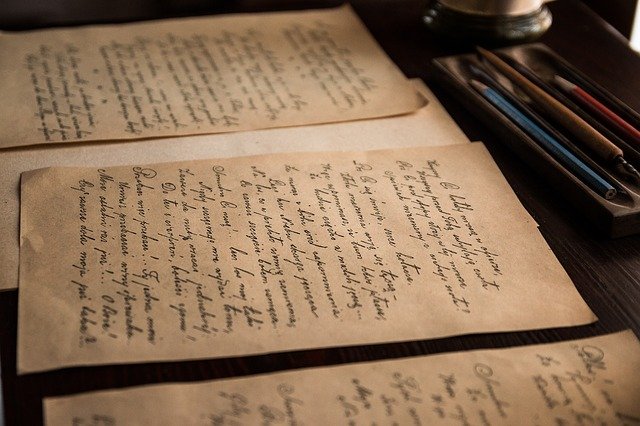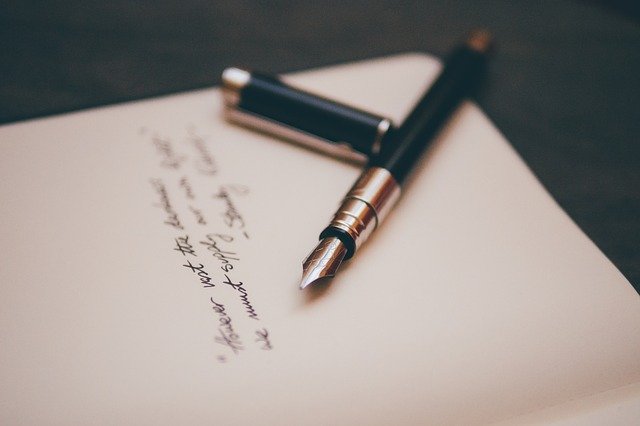
Calligraphy Pens: Everything You Need To Know
I have been in one of the most awkward moments just recently. I was going through this exhibition, where people with Calligraphy skills showcased some of their work. Personally speaking, I have never been able to distinguish between Cursive writing and Calligraphy art.
After knowing that there was an exhibition, I decided to go and see what they have to offer. To my surprise, everything was different than what I envisioned. The most intriguing part was when I was holding a peculiar-looking pen used in Calligraphy.
This sparked my curiosity, and I decided to know everything about Calligraphy Pens and Calligraphy art as a whole.
If you are thinking of giving calligraphy a try, we have put together an ‘everything you need to know about the guide.
What Is Calligraphy?

Calligraphy is the art of writing and presenting letters and symbols aesthetically pleasing to one’s eyes. Watching a master calligrapher is a visual delight. You will be surprised to see how they can take those complex turns with such fluidity pen work.
All calligraphy might look the same at first. But the more you look at them, the more you will find them miles apart. This is because every calligraphy personifies the character of the calligrapher. It suitcases the aesthetical treatment of the script.
The skill of the calligrapher lies in the subtle and gentle movement of their hand. Yes, the credit also goes to the calligraphy pens used to forge the masterpieces.
How Do Calligraphy Pens Work?

The power of science will ensure the water will run down as you move the bottle. The same phenomenon is used in the calligraphy pen.
Imagine modifying the same water bottle to a calligraphy pen with a relatively small opening.
As the opening of the calligraphy pens is small, the pressure allows only a small amount of ink to come out as you move your pen on the page.
How To Use Calligraphy Pens?

Here are the steps you can follow to use calligraphy pens effectively.
Step 1: Choosing The Right Calligraphy Pen
Before you can start with calligraphy, it is important to understand the type of calligraphy pens. Each pen has distinctive characteristics and gives a different feel. Choose a calligraphy pen that makes you comfortable.
You can start by using two different calligraphy pens at a time. Through the trial and error process, you will eventually get to the pen, which will feel comfortable in your hand and bring the best calligrapher artist within you.
Step 2: Putting Ink In The Pen
Putting ink in the calligraphy pens is one of the toughest jobs. One mistake, and you are in for a messy situation. Carefully remove the tip of the calligraphy pen and fill the empty compartment with the desirable ink.
However, if you are using a modern calligraphy pen like an ink pen with cartridges, you can load the cartridges and use the pen without any issues.
Step 3: Practicing Basic Lines
Now that you are all set with a calligraphy pen, it is time to practice some basic movements for warm-up. No matter how good of a master you have become in calligraphy, it is always a good idea to warm up your wrist movement for fluidity flow while calligraphy.
Start with some simple lines and slowly progress towards more complex lines and curves. Once you have practiced for a couple of minutes, you can start with your original work.
How To Clean Calligraphy Pens?
For many calligraphers, cleaning the calligraphy pen nibs is an obvious concept. Swiss them a bit in water and all done. However, many things need to be unpacked when it comes down to cleaning.
Here are a few methods I personally use to clean my calligraphy pen’s nib.
Method 1: Remove Manufacturing Oil With Dish Wash
Use a dishwasher to clean excessive manufacturing oil. First, soak the sponge in dishwasher water and gently scrub the nib over the sponge from all the angles. Now rinse the nib under running water.
Repeat the process as many times as you need to clean the calligraphy pens. Although what I have experienced is that three times is enough to clean the nib completely.
Method 2: Remove Manufacturing Oil With Toothpaste
Toothpaste has also proven to be an effective method to remove excessive manufacturing oil from the pen’s nib. Take a soft bristle toothbrush, a little bit of toothpaste, and slowly scrub the nib. After 30 seconds, use running water to wash the nib. Now dry the nib with a soft cotton towel.
Method 3: Clean Off Ink After Use
Before you can start cleaning after use, rinse as much ink as possible from the calligraphy pens. Now use a soft sponge to scrub the nib and remove any ink leftover gently. However, if the ink has been dried up and you have trouble cleaning it up, use the pen cleaner.
How Do I Assemble My Dip Pen?

- Ensure that the reservoir and the nib are assembled accurately. Once that is confirmed, the next thing to consider is that you fill the reservoir 2 mm below the reservoir’s lid.
- Dip pens have more pigmentation than fountain pens. So if the ink dries in the dip pen, it gets blocked.
- Once you end your session, wash your nib with lukewarm water. You can do the same if the nib is not working properly.
Conclusion
If you are a beginner, ask yourself what type of calligraphy you want to create. Research about and see what kind of calligraphy pens can create the desired art and then jump into the world of calligraphy.
After a few months of practicing calligraphy, you get the feel of your own calligraphy style. Once you can integrate your feelings with calligraphy pens, you can start considering expanding your toolbox.
Read Also:




















Post Your Comment